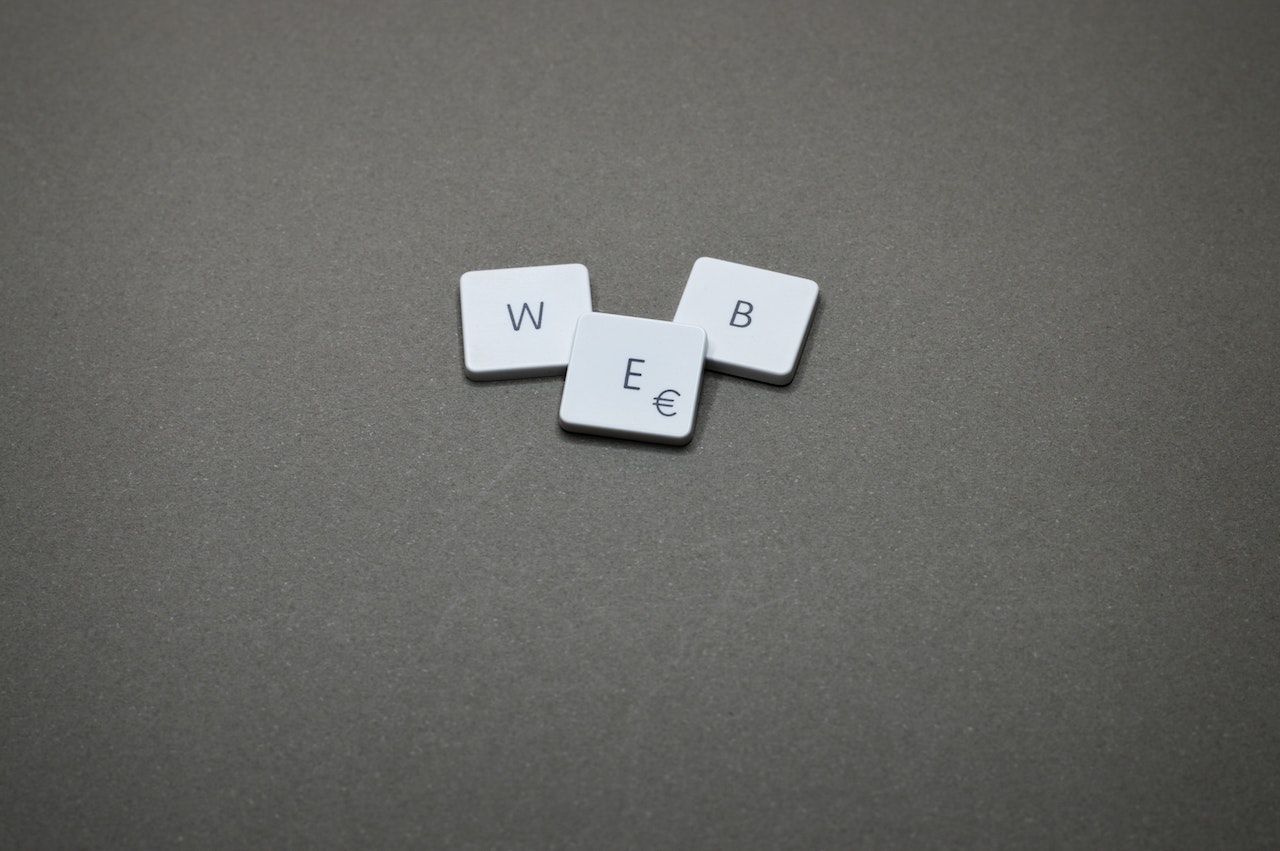In the beginning, there were simple yet powerful gestures – carving on stones, inscribing on papyrus, and scribbling on parchments laid the foundation for human communication. Over time, letters (written and typed) became the primary mode of exchanging written messages, which in turn helped the art of correspondence flourish. With the incessant march of civilization, we have come a long way to reach where we are today; living in a world where instant messaging and online social interactions form a defining part of our ever-changing communication landscape. And yet, amidst this progress lies an enduring constant – email.
With the advent of email in the 1970s, it was clear that the world was shifting gears in terms of technology-assisted interaction. Initially intended as an alternative to snail mail, it didn’t take long for email to overtake traditional letter-writing and establish itself as a mainstay medium for personal, professional, and even casual exchanges. The reasons behind email’s quick ascent are many – accessibility, speed, convenience – but what truly stands out is how this digital alternative effectively mirrors the essence of traditional mail while providing numerous opportunities for improved efficiencies and versatility.
A Digital Homage to Traditional Mailing
Email has respectfully paid tribute to its historical predecessors by emulating elements of traditional mail processes. Electronic mailboxes retain vestiges of their more tangible counterparts – with separate folders for incoming, sent items, drafts, and archives. Meanwhile, the language used when creating or managing emails remains rooted in old-world terminology such as “post,” “seal,” “subject” and so forth.
Despite embracing a digital format and all its advantages and capabilities, email stays true to its origins by maintaining specific customs synonymous with traditional letter writing – drafting carefully structured messages enclosed within metaphorical “envelopes.” This blend of old and new helps facilitate trust-building between parties by proving its commitment to upholding time-honored communication values while also elevating relationships through convenience and open channels.
Connecting Communities
Over time, emails have evolved from being mere text-based communication tools into sophisticated information-sharing mechanisms that bring together users across geographic boundaries. They now adopt different formats such as chatbots or interactive newsletters that encourage more inclusive interactions across communities comprising different ages, genders, cultures, professions and technological proficiency levels.
Furthermore, emails provide access to advanced features like embedded attachments (documents or images), hyperlinking related webpages making sharing ideas or recommendations incredibly easy. This simple act encapsulates the ethos behind which all forms of human interaction strive – fostering genuine connections built on mutual understanding.
Bridging Gaps in Knowledge Sharing
Emails also enable individuals to send timely alerts about important news updates or urgent matters requiring immediate attention irrespective of physical location. By keeping both sender and receiver equally informed about developments as they occur in real-time; this form of communication not only upholds existing knowledge-sharing standards but also pushes boundaries toward even higher levels of information exchange.
Apart from informing users about immediate happenings; email also serves as a vast catalogue chronicling various items from academic articles to quirky humor that can span decades’ worths of electronically archived content accessible within seconds via search functions.
With everything said and done – it is crucial not to lose sight that email is but one medium through which civilization communicates with itself. As we progress forward into uncharted territories ripe with limitless potential; it remains our collective duty as members belonging within this vast web called mankind – remain open-minded toward adopting new technologies yet staying grounded enough to appreciate what brought us thus far.
In conclusion, email has indeed replaced traditional mail systems popular during civilization’s early stages but has done so by thoughtfully blending old-world charm with modern-day conveniences befitting our evolving world-view. As we let our imaginations wander toward even more sophisticated forms awaiting ahead; rest assured knowing somewhere at its core exists a simple letter reminding us just how far we’ve come from those first stone carvings etched millennia ago by our ancestors hungry for connection just like us now.
